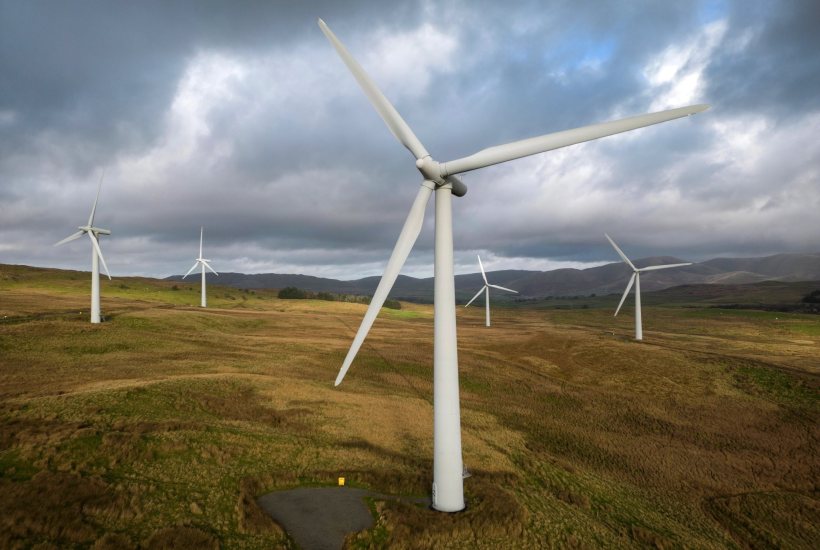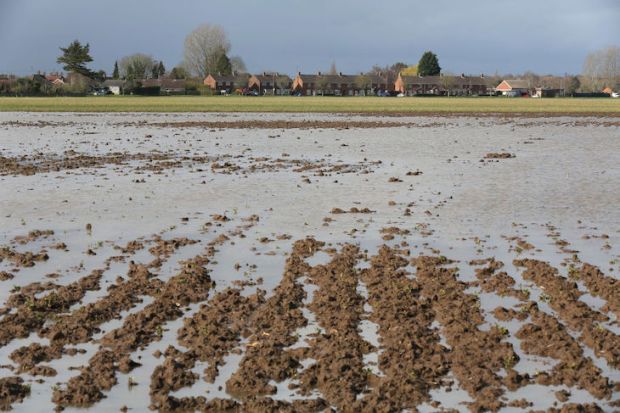Staging rebellions against their own government has become a way of life for many Tory MPs – but why choose onshore wind farms as the hill on which to die? If Rishi Sunak concedes to the demands of a group of (reportedly) around 50 MPs and lifts the moratorium on onshore wind which has been in place for seven years, it won’t take long before we find out why it was imposed in the first place. There are few places in England where you can build a wind farm of any size without either causing serious annoyance to locals or compromising valued landscapes. Most of our lowlands are so densely packed with housing that it is hard to find sites which are not within half a mile of residential properties, while many of our upland areas are national parks or some other designation.
That is why David Cameron’s government hit upon the idea of offshore wind while imposing a moratorium on onshore. The decision transformed public attitudes towards wind power: offshore turbines bother very few people. However, it costs more – the International Energy Agency’s figures for 2020 estimated the average cost of onshore wind, globally, at $50 per MWh and offshore at $88 per MWh. But in Britain’s case, two factors should narrow the gap: high land values and shallow seas. We have large areas off our coasts where the waters are less than 50 feet deep.
In any case, the backbench MP who thinks ever more wind power – of any type – will reduce the cost of electricity and save us from a future energy crisis is fooling themselves. We are only able to absorb current levels of wind power into the grid because it can be balanced with gas-generated power, which can be turned on and off at short notice (albeit at a higher price and lower efficiency than if gas power stations were allowed to run constantly). It works when roughly 40 per cent of our electricity comes from wind and solar and 40 per cent from gas. But if we tried to generate 60 per cent of power from wind and solar? We are about to find out what happens when there is a drop in wind. Over the next couple of days, high pressure will impact the weather over Britain, bringing with it light winds. Combined with less power available to be imported from France, the National Grid has had to announce that it will deploy its emergency winter plan and start paying people not to turn on their washing machines and dishwashers.
Green-minded rebel MPs would be far better off pushing demands for the government to invest in more reliable renewables, including tidal barrages and tidal stream energy – as well as increasing investment in gas. Tidal power may be expensive initially, but will prove a lot cheaper in the long run if it averts the need for more expensive energy storage.
Onshore wind was extremely unpopular last time around (at least with residents in the areas in which it was proposed – it was a lot more popular with landowners). It promises to be even less popular this time, given that the size of wind turbines has increased massively since the moratorium was imposed seven years ago. Rebel MPs should leave it well alone.
The post Britain isn’t ready for onshore wind appeared first on The Spectator.
Got something to add? Join the discussion and comment below.
Get 10 issues for just $10
Subscribe to The Spectator Australia today for the next 10 magazine issues, plus full online access, for just $10.





















Comments
Don't miss out
Join the conversation with other Spectator Australia readers. Subscribe to leave a comment.
SUBSCRIBEAlready a subscriber? Log in